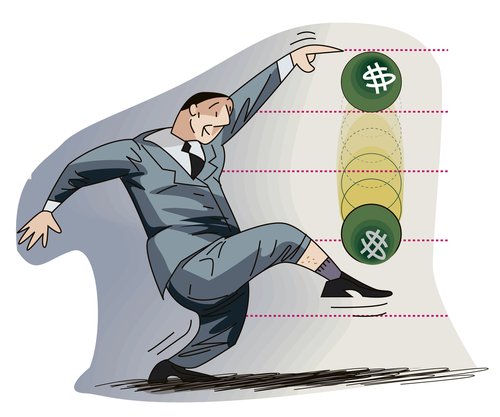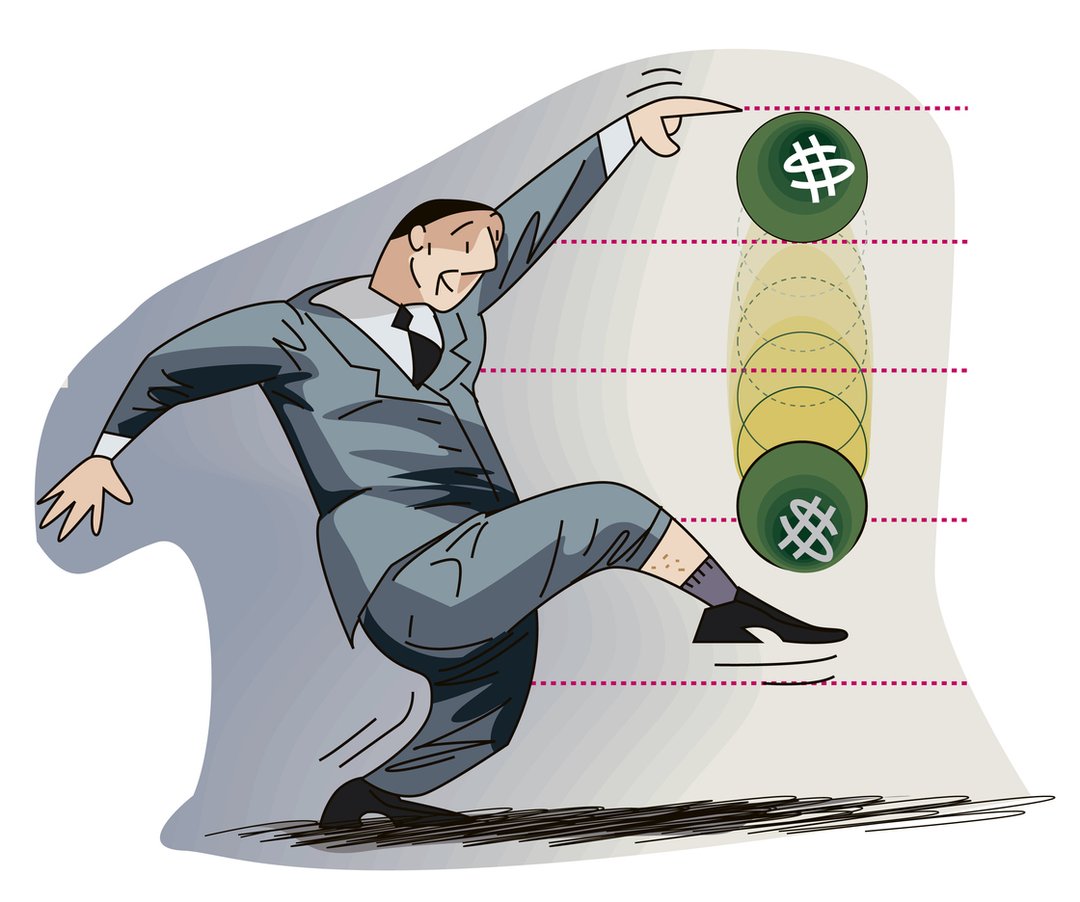
Speaking in 2005, Mervyn King, then governor of the Bank of England, outlined his “Maradona theory of interest rates”. The great Argentine footballer’s performance at a World Cup match against England in 1986, Lord King argued, was the perfect illustration of how central bankers ought to conduct monetary policy. Running 60 yards from inside his own half, Maradona skipped past five opponents, including England’s goalkeeper, before slotting the ball home. Even more astonishing, he mostly ran in a straight line. By duping defenders into thinking he would change direction, he scored while scarcely having to do so. To Lord King, the lesson for central bankers was clear. Guide investors’ expectations of future interest rates deftly enough, and an inflation target can be met without changing the official rate at all.

iStock-1676306073
For much of the intervening period, the Maradona theory has reigned supreme. After the global financial crisis of 2007-09, and again during the covid-19 pandemic, central banks’ policy rates spent long spells close to zero, as officials sought to stimulate their economies. Unable to force short-term interest rates much lower, many plumped for a Maradona-esque solution: assuring investors that they had no intention of raising policy rates any time soon. Quantitative easing (QE) programmes, which bought large volumes of bonds with newly created reserves, reinforced this signal by ensuring central banks (or the governments indemnifying them) would take heavy losses if they raised rates. The ball hit the net, and long-term yields dropped to historic lows.
Today, having raised the Federal Reserve’s policy rate by more than five percentage points, America’s central bankers have room for manoeuvre. Yet investors, much like defenders facing an Argentine attacker, still react more to forward guidance than to actual policy rates. As these approached a peak in the first half of 2023, markets shrugged off their impact and climbed ever higher. Recently Jerome Powell, the Fed’s chairman, has made his biggest splash not by changing the target rate, but by announcing that officials were discussing doing so in the future. The “Powell pivot” of December 13th was particularly extreme. By seeming to confirm bond investors’ hopes that rates would be cut imminently, it sent yields lower and supercharged a bull run in stocks. Years after the escape from near-zero interest rates, why do investors’ expectations still matter so much more than the Fed’s monetary policy?
The short answer is that few interest bills follow the Fed’s policy rate, whereas many depend on the longer-term rates set by expectations. The Fed’s target range determines the rate at which depository institutions lend overnight funds to each other, which it influences by offering facilities that set a floor and ceiling on such borrowing costs. This then determines the day-to-day interest on floating-rate loans to businesses and individuals, since lenders will not charge any less than they could earn from the Fed. In turn, expectations of how this floating rate will change in the future govern the fixed rates at which investors or institutions are willing to lend over the long term—on government debt, corporate bonds or fixed-rate mortgages, for instance.
These fixed rates now dominate borrowing costs far more than the overnight policy rate. The Dallas Fed estimates that at the end of 2021, just before the Fed began to tighten, a mere 3% of American mortgages were on floating rates, with the rest on fixes typically lasting 30 years or more. That is far below the share in previous decades, which peaked above 60% in the 1990s and was still above 40% when Lord King made his Maradona speech. Meanwhile, 86% of corporate bonds issued in 2021, and 91% in 2020, were on fixed rates unaffected by the Fed’s subsequent moves. Even private credit and bank loans, which attract floating rates, are often hedged against rising interest costs.
Small wonder that central bankers’ forward guidance has the greatest potential to move markets—and, by changing the costs of new borrowing, to achieve their inflation targets. This does not make the policy rate irrelevant, but it does give it a new role. To guide expectations credibly, officials must eventually follow through with the changes they indicate. The quandary is deciding what to do when conditions change, as they have since the Powell pivot, with inflationary pressure stronger than expected, which has rendered rate cuts less suitable. Staying the course might no longer be appropriate; changing it risks harming central bankers’ ability to jawbone investors in the future.
It could get messy
Ben Bernanke, a former Fed chairman, once warned that such considerations can quickly degenerate into a “hall of mirrors”. If policymakers mimic market expectations, which then shift as a result, endless distortions are possible. Suitably enough, Mr Bernanke’s more recent work reviewing the Bank of England’s approach to forecasting offers a way out, suggests Michael Woodford of Columbia University. One crucial recommendation was that the bank ought to start publishing its projected policy rate under a range of different economic scenarios, rather than just its central forecast. Doing so would help investors understand how policymakers would react to different conditions, allowing them to change course in response to new data without losing face.
Other techniques for strengthening the credibility of forward guidance will remain important, too. One implication is that QE will probably remain in the central bankers’ toolkit when they loosen conditions, since it sends a signal that they sincerely believe that rates will stay low for the long haul. Another, somewhat ironically, is that the short rate may grow in importance again—with movements in it demonstrating that officials follow through with their promises. After all, even Maradona sometimes struggled to pull the same trick twice. ■
Comments are closed.
